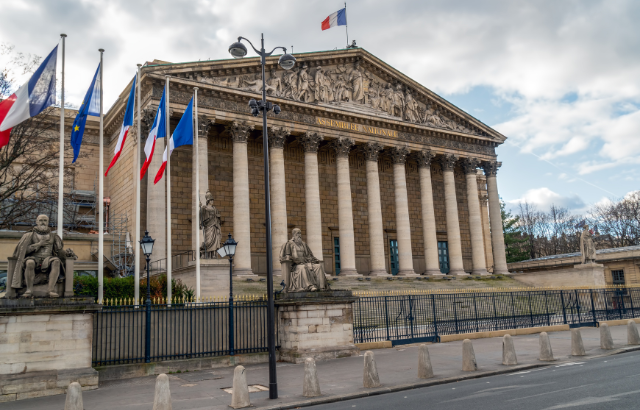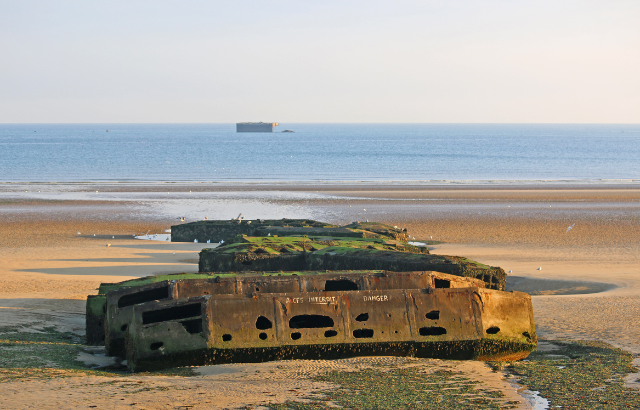DRC’s Tshisekedi has secured his power base: now it’s time to deliver
Dr Reuben Loffman, Senior Lecturer in African History at Queen Mary has written for The Conversation on Félix Tshisekedi, president of the Democratic Republic of Congo, and the need for a programme of change that delivers for the Congolese people now that he has a firm grasp on politcal power.

Félix Tshisekedi of the Union for Democracy and Social Progress became the fifth president of the Democratic Republic of Congo (DRC) in January 2019 after one of the most anticipated elections in the country’s history.
Party loyalists celebrated. But many others – both in the DRC and abroad – lamented another stolen election. The Financial Times found incontrovertible proof that the election had been the subject of a fraud on an eye-watering scale. While Martin Fayulu should by rights be the sitting president of the DRC, Tshisekedi is occupying the presidential palace, or the “White House” as it is sometimes called.
It was an inauspicious start. The fragility of Tshisekedi’s position was compounded by the fact that he and the former head of state Joseph Kabila had formed an uneasy alliance. But they made unhappy bedfellows, which meant that a power struggle soon ensued in the very heart of Congolese politics.
Tshisekedi’s coalition, Heading for Change, was a minority – both in the Congolese National Assembly and in the Senate. The two branches of the Congolese parliament were dominated by the Common Front for Congo coalition that was controlled by Kabila.
With a lack of parliamentary support, Tshisekedi was admittedly in a weak position. He had to accept Kabila’s choice for prime minister, Sylvestre Ilunga, in May 2019. It took him until this year to finally be able to oust Ilunga, a former economics professor.
In April Tshisekedi also succeeded in removing many members of the Common Front for Congo coalition from power. He firmly established his grasp on political power in Kinshasa.
In short, his government no longer has the excuse that it is being hampered by the dead hand of the old Kabila cabal. Having reinforced his grip on the presidency, Tshisekedi needs to set about enacting a programme of change that delivers for the Congolese people.
What’s been done
In March 2019, Tshisekedi started a 100 day emergency programme to kickstart his presidency. The programme was launched by the publication of a 78 page document that covered some of the most important priorities of the present government at the time. While many issues were covered, such as industry promotion and energy, much of the money was reserved for infrastructure: $183.2 million. Yet, many of these projects are incomplete.
Despite the need for more action with regard to the road-building projects, the president could take some – albeit very limited – credit for the ending of the 2018-2020 Ebola outbreak in eastern Congo. While local communities and NGOs were at the heart of this relief effort, it happened under Tshisekedi’s watch and he will doubtless point to it as an achievement. At the same time, some political prisoners have been freed in a move that distinguishes this presidency from that of Joseph Kabila.
While some change has been forthcoming, few Congolese have seen major improvements. There is still much more to be done to make life in the DRC better for its citizens, and this is particularly true outside the capital.
What’s still to be done
First, serious violence continues in the Ituri province in the north-east. After a decade of relative peace from 2007 to 2017, inter-communal violence between the Lendu and Hema has reignited in recent years. The recent campaign of terror by the Islamist Allied Democratic Forces has also served to increase violence in the country’s north-eastern region.
While violence continues in eastern DRC, there is potentially more progress in the hugely important mining sector located largely in the Upper Katanga province, where there has been much less violence. Tshisekedi’s government is involved in a long process of negotiations with a consortium of Chinese mining investors based in the south-east of the country.
These negotiations, while slow, may yet yield some benefits for the Congolese state. The talks centre on how much money Chinese investors will give the state in return for the minerals they mine.
In May, the president stated that he believed previous mining contracts could be reviewed. In general, he sought to renegotiate the infamous Sicomines “minerals-for-infrastructure” deal that was struck between a group of Chinese investors and the Congolese government in 2008. In August, he formed a commission to examine mining deals with a view to getting better terms in general.
Looking to the future
If a good mining deal can be arrived at, the relative prosperity of this sector could serve to propel Tshisekedi’s plans beyond the old 100 day emergency programme.
First, it could help the ailing infrastructure sector, which has seen little development. Much of it is in a state of disrepair. A decent road network would help to propel business and not least those in the agricultural sector, which is so important for the DRC.
Secondly, more state funds could help the president tackle the problems in the education system. There is currently a serious teacher strike in the DRC, with lack of pay being one of the reasons for the stoppage. This is a problem in need of an urgent solution.
Third, the DRC’s health sector could also do with a boost in investment, not least because of the pandemic.
In short, Tshisekedi’s government now has some hard-won political capital with which to enact some of the changes that he promised during his campaign. Some of these changes could be delivered if a decent mining deal can be negotiated, and if that money finds its way to the right places.
The mining sector – controversial as it is – has seen sustained growth since the commodity boom in 2007. Transparency within the mining sector is also reportedly improving. It is, therefore, time for Tshisekedi to secure a good deal and resolve some of the many problems his citizens are experiencing.
This article was first published in The Conversation on 27 October
Related items

31 October 2024

